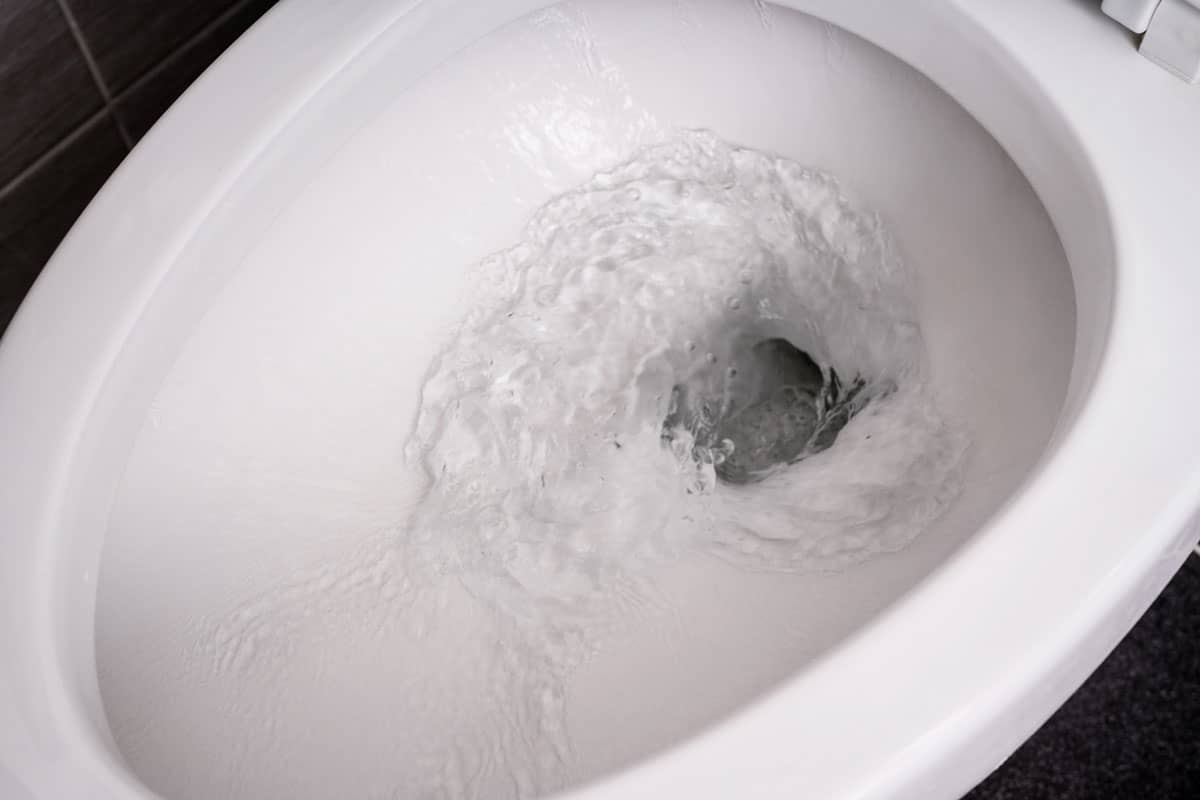
Who Invented the Flush Toilet? A Journey Into the Past
Share
The intriguing history of modern conveniences often reveals unexpected narratives, especially when it comes to the invention of the flush toilet. Many tech professionals and enthusiasts may have asked, who invented the flush toilet? This humble yet essential fixture has played a significant role in advancing sanitation globally. Understanding its origins not only highlights human ingenuity but also provides insight into a pivotal transformation in public health.
:max_bytes(150000):strip_icc()/GettyImages-1458828837-ed8400c92c024c8d8fd288ff2719009c.jpg)
The Early Beginnings of Sanitation Innovation
The journey to the flush toilet didn't have a singular starting point. Ancient civilizations such as those in the Indus Valley implemented early forms of sanitation with complex waste removal systems. However, these rudimentary systems were a far cry from the modern flush toilets we know today.
Credit to Sir John Harington
Sir John Harington, an English courtier and godson of Queen Elizabeth I, is often credited with the invention of a type of flush toilet in 1596. Harington's invention featured a valve allowing water to flow from a cistern to flush waste. Despite this innovation, it didn't gain widespread adoption for various social and technological reasons at the time.
The Rise of Modern Toilets
Thomas Crapper: A Misunderstood Innovator
Often mistakenly credited with inventing the flush toilet, Thomas Crapper's real contribution was significantly commercializing and popularizing the concept in the late 19th century. Crapper held several plumbing patents and helped enhance the design and practicality of toilets during the Victorian era. For a detailed historical account of his breakthroughs, consider reading this article.
Impact on Modern Sanitation
The impact of the modern flush toilet system on sanitation and public health cannot be overstated. By reducing waste exposure, it effectively minimized the spread of diseases. The integration of plumbing systems in urban planning went hand-in-hand with the evolution of the flush toilet.
Moreover, toilet maintenance tips have become essential knowledge for homeowners and building managers alike ensuring efficiency and hygiene remain top priorities.
Technological Advancements in Toilet Design
Innovations continue in the realm of toilets with the inclusion of eco-friendly features. For instance, dual flush toilets are becoming increasingly popular due to their water-saving benefits, showcasing the ongoing evolution of this everyday fixture.
Conclusion: The Continuous Evolution
The flush toilet is a testament to human innovation, embodying both historical ingenuity and modern technological advancements. As tech professionals and enthusiasts delve deeper into its history, the progress made reflects broader developments in human society from rudimentary waste systems to highly advanced sanitation solutions.
The ongoing quest for more efficient, environmentally friendly toilet designs ensures that this quintessential fixture will continue its evolution, playing a vital role in residential and public infrastructure. To learn more about the future of bathroom designs, check out this comprehensive guide on bathroom remodels.

FAQ
Who is commonly associated with the invention of the flush toilet?
Although Thomas Crapper is often linked with the invention, Sir John Harington is credited with creating an early version of the flush toilet in 1596.
How has the flush toilet evolved since its inception?
It has significantly evolved from its early designs to modern iterations that focus on hygiene, efficiency, and eco-friendliness.
What innovations are shaping the future of toilets?
Technological advancements like dual flush systems and smart toilets are paving the way for a future where toilets are not just functional but also environmentally considerate.
